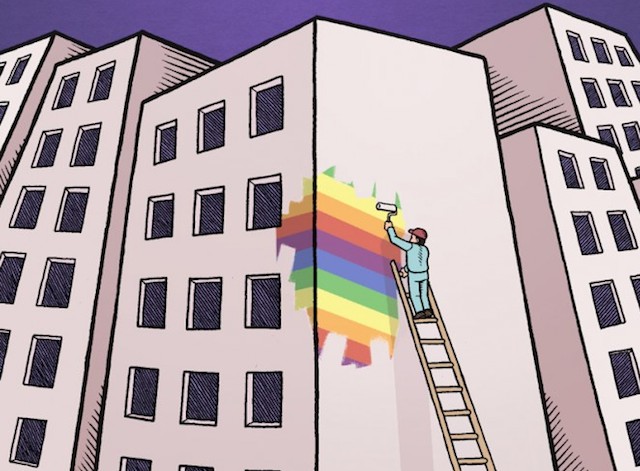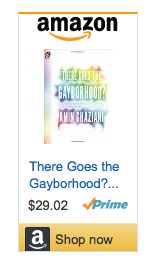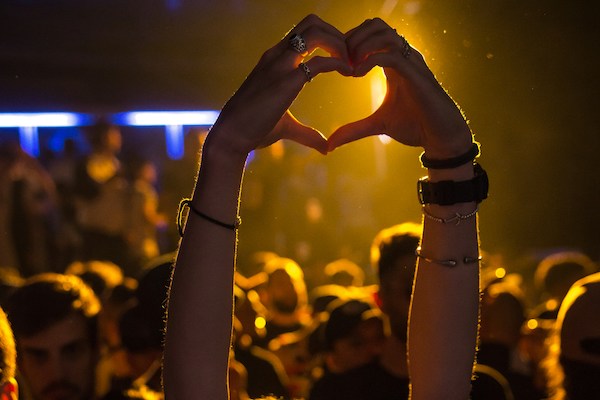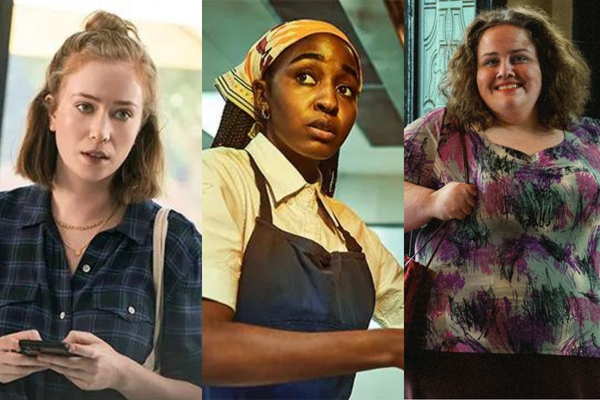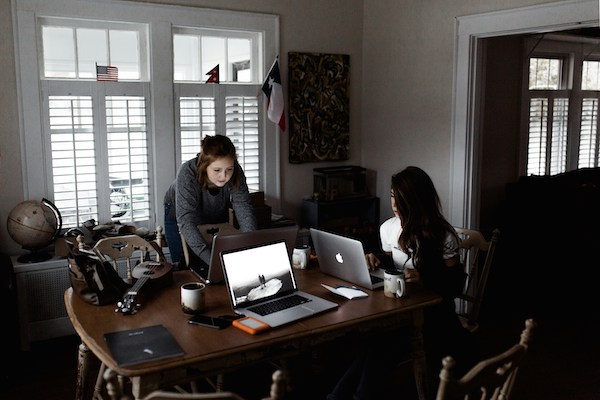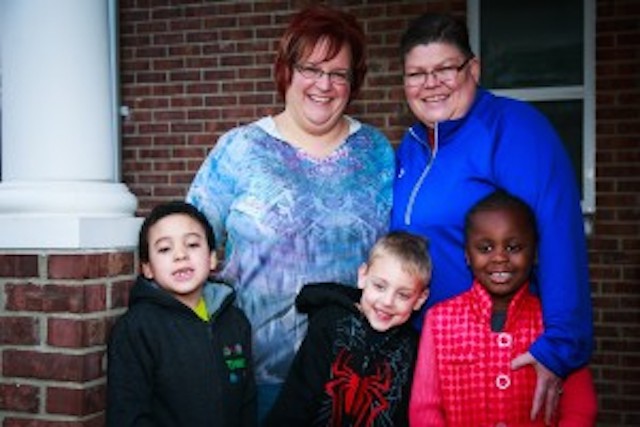
Michigan Lesbian Couple Petitions Supreme Court for Right to Marry
November 17, 2014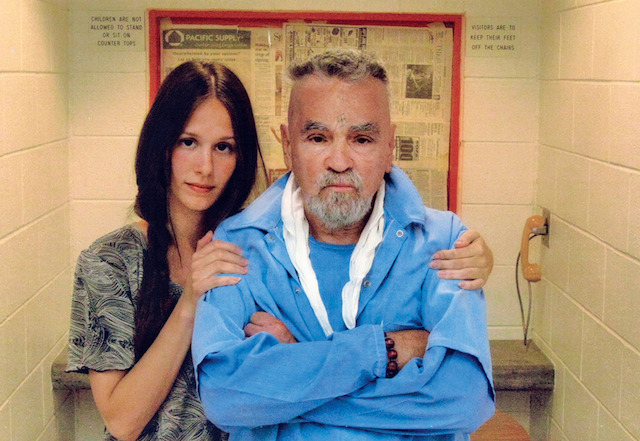
Charles Manson Can Get Married…So Why Can’t We?
November 19, 2014Sociologist Amin Ghaziani, an associate professor at the University of British Columbia, spent years studying the LGBTQ community and where we call home. In his new book There Goes the Gayborhood? he collects media accounts, historical information, and personal interviews into a narrative of urban centers like Dupont, Castro, Boystown, and Chelsea. He focuses on Boystown and Andersonville in Chicago, which is where he did most of his personal interviews. While his conclusions do not seem too revolutionary to me, I realize that may be because I live in a city with an evolving gayborhood. I can watch Dupont fade in favor of Logan and now Shaw in D.C., while I happily make my home in the suburbs in a building full of retirees. But fortunately, he tackles a much bigger question than where the next hot real estate market will be. The book is at its best when Ghaziani explores the larger question of identity itself and our place in any neighborhood.
When do we experience more acceptance? When we are in our own space as the majority or when we are assimilated and invisible in the mainstream? Ghaziani calls the assimilators “post gays” who aim for full integration. Ultimately, inevitably, he argues that we must have both – full integration and separate spaces.
I can see this in my own life. I love being able to live safely wherever I want, but appreciate the places I can go to find community. My neighborhood bar seems like a long shot. More seriously, gayborhoods still serve as a mecca for young people scattered and isolated throughout the rest of the country. They can meet people like themselves, access vital services, and get the support they should have been given by their families.
Ghaziani is a sociologist, so there is a lot of talk of selection bias and statistics, but he explains all terms and keeps his prose moving. He is also refreshingly objective. He has no problems presenting the views of the people he interviewed objectively. Some he spoke to view gayborhoods as a “gay ghetto” or a more spacious closet while some view them as a haven. Some mourn the loss of a separate gathering place and some celebrate integration.
The history of the gayborhood is also pretty fascinating. They popped up in the midst of World War II. In those days, there was no “Don’t Ask, Don’t Tell.” If the military found evidence of “homosexual behavior,” you were out. Many of those men who travelled to the cities to enlist didn’t go back home and the critical mass was enough to bring gay culture out of the secret gathering places of the previous century. Ghaziani follows these neighborhood’s transformations right through the present as the Internet makes in-person gatherings less vital and laws make safe havens less necessary. As one interviewee said, the whole city of San Francisco could be considered gayborhood.
Another interesting part for me was when he interviewed straight people who live in gayborhoods, which is a perspective I had never really thought about. Why exactly does someone move to the Castro District with their opposite gender spouse and children? Many straight people spoke about some version of a diverse utopia; some were indifferent and chose the neighborhood based on other considerations. Whatever their opinion, Ghaziani raises the point that when a neighborhood integrates, everyone assumes it is a heteronormative integration. Gayborhoods serve an important slice of the LGBTQ community who doesn’t enjoy that life, which is probably why they will never disappear completely, but just move on.
In the end, if you’re curious about the future of Dupont Circle as a gay enclave—it doesn’t look good—or if you enjoy the more philosophical question of just what it means to be gay, this book is a good choice. It’s well researched, free of hype, and thoroughly explores our place in this social experiment called America.
There Goes the Gayborhood? by Amin Ghaziani was published in 2014 by Princeton University Press.


